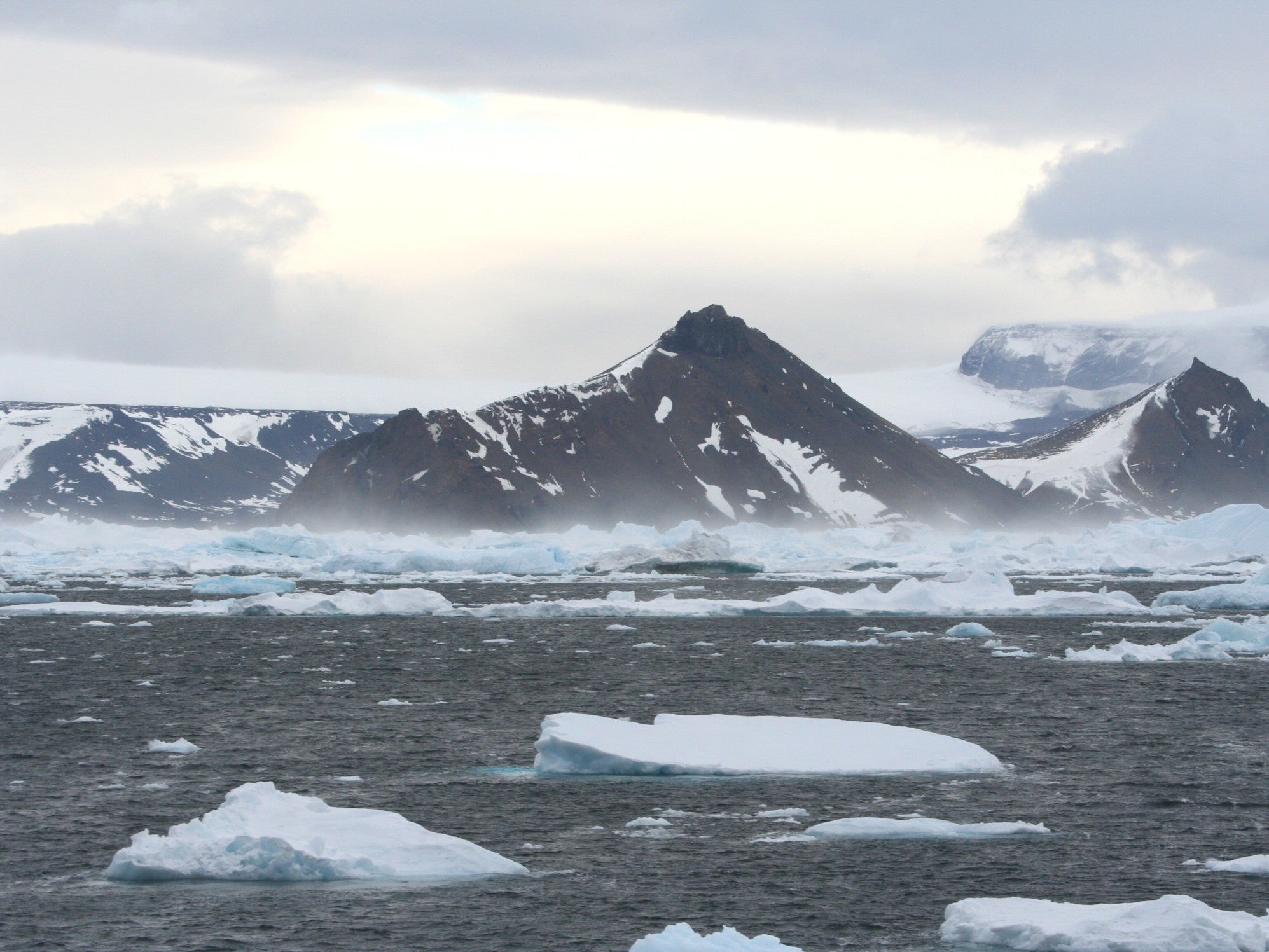This website uses cookies so that we can provide you with the best user experience possible. Cookie information is stored in your browser and performs functions such as recognising you when you return to our website and helping our team to understand which sections of the website you find most interesting and useful.

The cleanest air in the world has been discovered in the Antarctic Ocean, according to a groundbreaking new study.
An atmospheric region called the boundary layer air, which feeds into the lower clouds, was found to be unchanged by human-related (anthropogenic) activities.
The discovery was made by a research group from Colorado State University’s Department of Atmospheric Science.
The scientists wanted to find out what was in the air and where it was coming from by measuring its composition of bioaerosols, the natural or artificial particles that suspend in the air. Samples were taken aboard the research vessel Investigator which sailed from Tasmania to the Antarctic ice edge.
The scientists found that the air layer was free from particles that humans create from burning fossil fuels and travelling in planes and cars.
Climate change means that scarcely any region of the planet is untouched by people, and the team assumed that the air over the Southern Ocean (SO) that surrounds Antarctica would also be impacted.
“We were able to use the bacteria in the air over the Southern Ocean as a diagnostic tool to infer key properties of the lower atmosphere,” research scientist Thomas Hill, co-author on the study, said in a statement.
“For example, that the aerosols controlling the properties of SO clouds are strongly linked to ocean biological processes, and that Antarctica appears to be isolated from southward dispersal of microorganisms and nutrient deposition from southern continents.
“Overall, it suggests that the Southern Ocean is one of very few places on Earth that has been minimally affected by anthropogenic activities.”
The study was published earlier this week in the Proceedings of the National Academy of Sciences.



 Africana55 Radio
Africana55 Radio 

